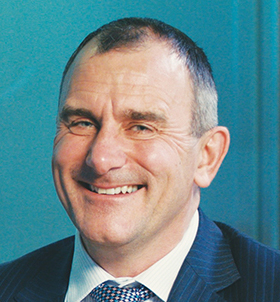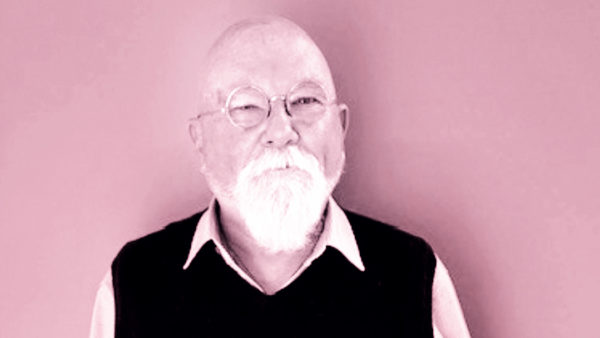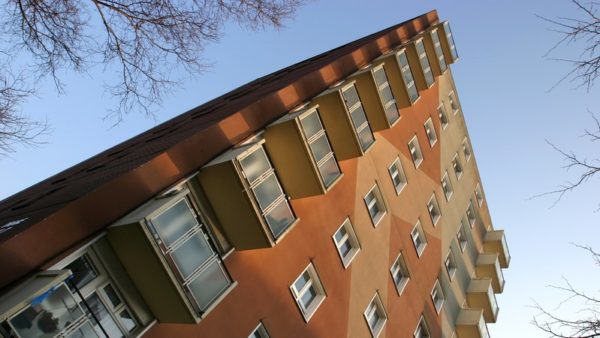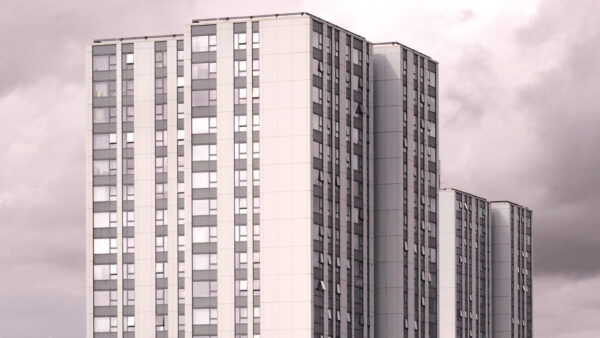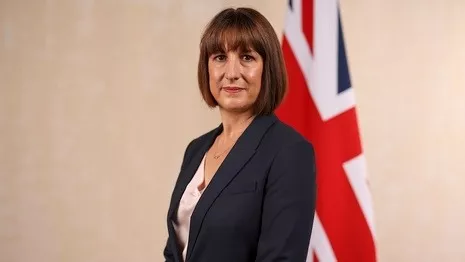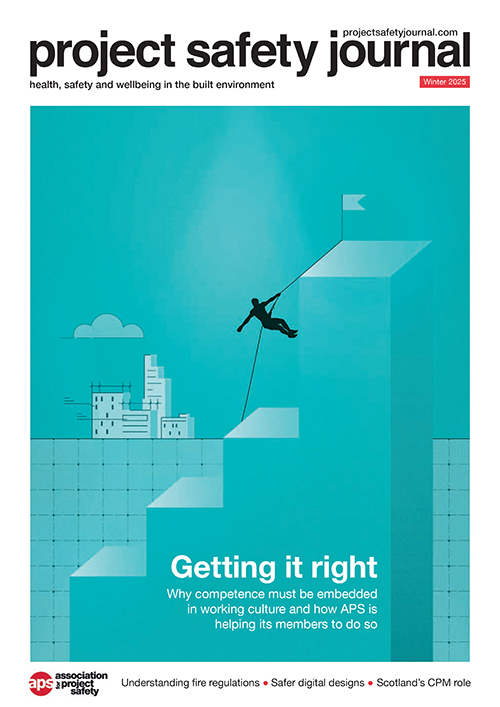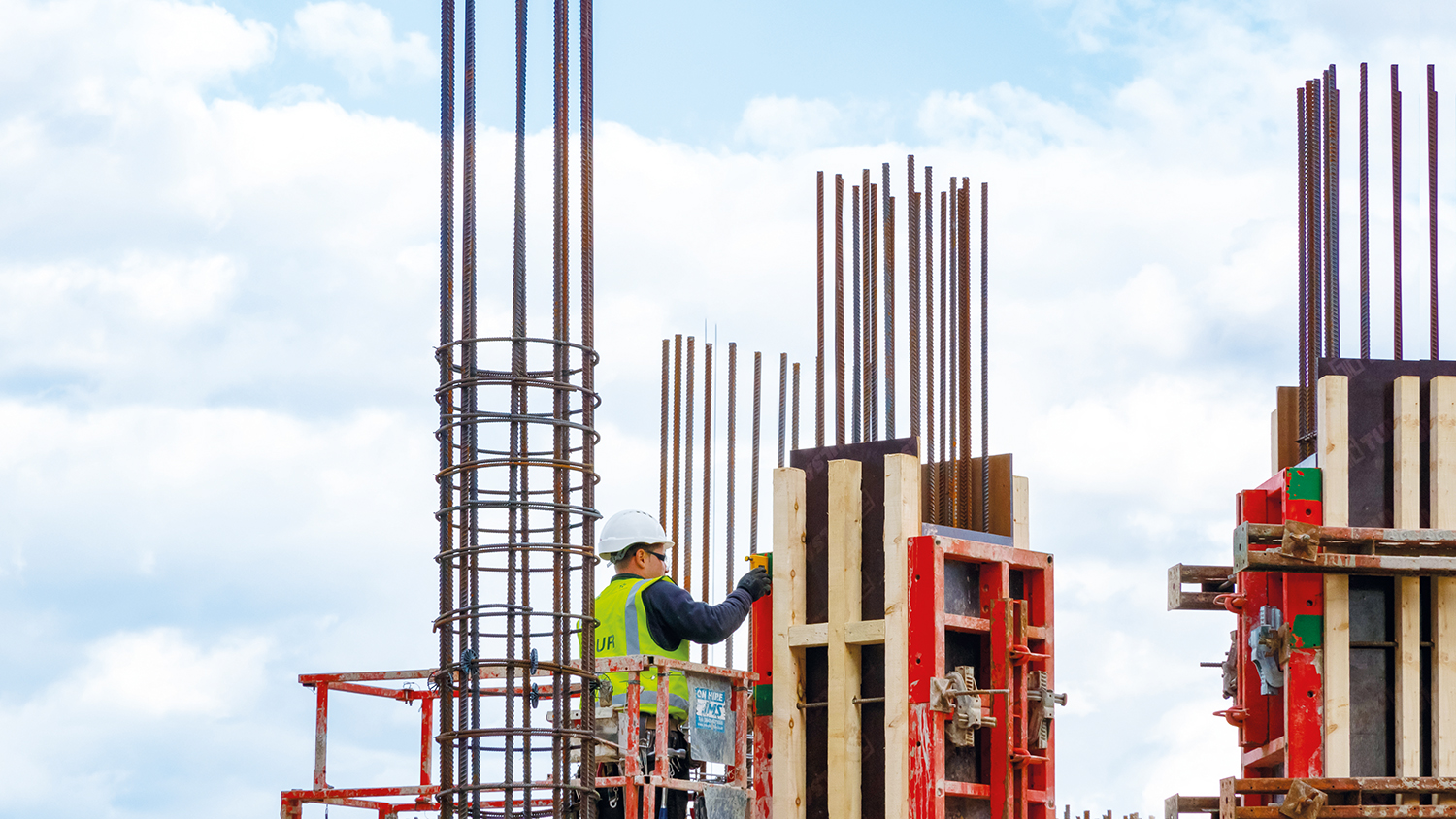
The construction industry could learn a thing or two from Captain Chesley ‘Sully’ Sullenberger, if it is to genuinely change culture in the wake of Grenfell, says Paul Nash.
On 4 September 2024, the Phase 2 Report of the public inquiry into the fire at Grenfell Tower was published. For those who followed the inquiry, listened to the BBC podcast, or have read Peter Apps’ book Show Me the Bodies: How We Let Grenfell Happen, there were no real surprises.
It may be to some that the inquiry recommendations go too far in some areas and not far enough in others. Ultimately it will be for the government to decide which of the 58 recommendations to accept and act upon. In the meantime there is much within the report that is not in the recommendations, which we need to reflect on if we are to learn the lessons of Grenfell.
I want to focus on two issues: the competence of the client and the behaviour of consultants involved in the refurbishment.
It is evident from the report that the tenant management organisation (TMO) lacked the competence or capability to undertake some of the roles that it took upon itself and failed to appoint suitably qualified companies or individuals to undertake these roles.
The report recognises that it is usual to appoint a professionally qualified project manager for any “substantial construction project” and criticises the TMO for failing to do so.
It also records that the TMO’s decision not to appoint a client design adviser was “foolish and reflected an over-confidence in its ability to manage the design aspects of the project itself”.
Improving competency
Since the fire, much work has been done to establish and improve standards of competence across the built environment and fire safety sectors. But the question of what it takes to be a competent client has been largely overlooked.
This is surprising when you consider the key role that the client has to play under the new building safety regime and the legal duties that it is now required to comply with. And yet many clients appear to be unaware of these duties or the consequences of failing to comply with them.
Clients must be competent, but they are also responsible for ensuring that the organisations and individuals that they appoint are competent. And this leads me to the question of consultant behaviour.
It is clear from the evidence presented to the inquiry that consultants involved in the refurbishment failed to adequately understand the building or the nature of the proposed works, they failed to commit sufficient time to undertake the required tasks and they failed to undertake proper peer reviews of the work.
Race to the bottom
Why did consultant employees behave in this way? There is nothing in the report to suggest that the agreed scope of work or the fee was deficient, or that the consultants were not paid for the work they did.
In my view this is another example of the ‘race to the bottom’ and to better understand the behaviours shown by consultants we need to understand the business model of consultancy organisations and how they manage the allocation of time and resource to projects.
The Building Regulations etc (Amendment) (England) Regulations 2023, which came into force on 1 October 2023, place a duty on clients to ensure the allocation of sufficient time and resource to ensure compliance.
However, ensuring that a consultant has allocated sufficient resource and fee in their proposal does not guarantee performance. And while an experienced consultant will always operate a peer review system, the evidence has shown that this cannot always be relied upon.
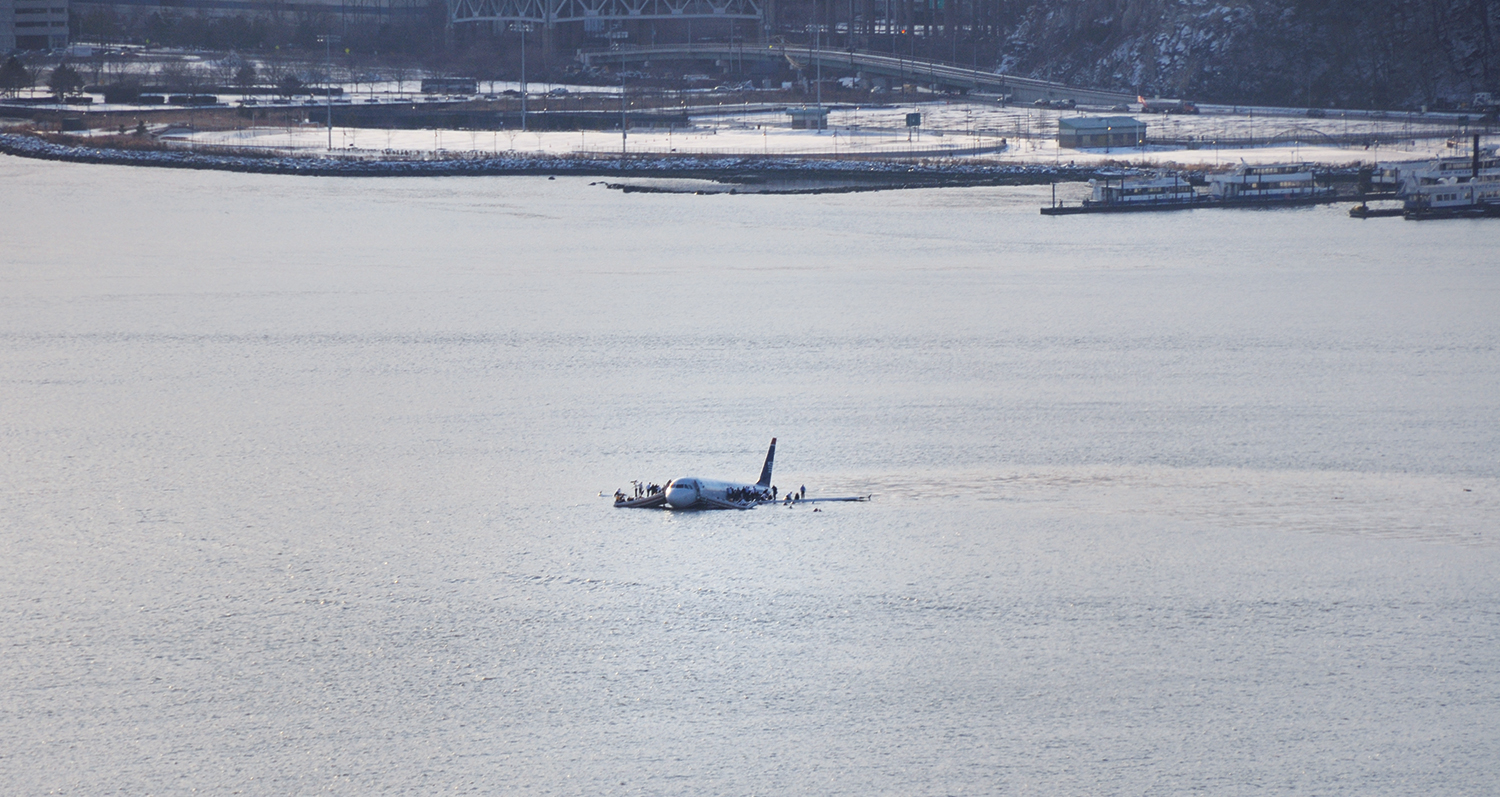
We need to consider the wider question of consultant behaviour within the sector and the culture that underpins this if we are to bring about the type of change that is needed in our industry.
Bird strike
Which brings me back to the title of this article and a man named Chesley ‘Sully’ Sullenberger.
On 15 January 2009, US Airways Flight 1549 had just taken off from New York City’s LaGuardia Airport when a bird strike resulted in the catastrophic failure of both engines. What the pilot, Captain Sullenberger, and his co-pilot did next made headlines around the world and inspired the film Sully: Miracle on the Hudson. With extraordinary skill, they managed to land the plane on the Hudson River. Incredibly, there were no fatalities.
The subsequent inquiry into the incident explored a number of different scenarios which would have had different outcomes, but ultimately concluded that the pilots decision to land on the Hudson River was the right one and the outcome a result of “good decision-making and teamwork by the cockpit crew”.
Putting quality and safety first
The miracle on the Hudson is an example of good decision-making under extraordinary circumstances.The Grenfell inquiry is littered with examples of poor decision-making under ordinary circumstances.
From the evidence of the public inquiry there is no doubt that individuals bear responsibility for the events that led to the loss of 72 lives at Grenfell Tower on 14 June 2017. Had they behaved differently, those lives would not have been lost.
But, to understand why those individuals behaved in the way they did, we need to understand the institutional and organisational cultures that created, promoted and, in some cases, incentivised those behaviours. And we need to change it.
Put simply, any business model that puts expediency and profit before quality and safety is no longer supportable or sustainable. Other industries have learned that lesson and adopted new ways of working, not just because they have been told to, but because it is good business.
Only by doing that will we begin to transform this industry and ensure that in future all buildings are safe for those who occupy them.
As Sully would say: “Can we get serious now?”
Paul Nash is a member of the Industry Safety Steering Group and past president of the Chartered Institute of Building.





